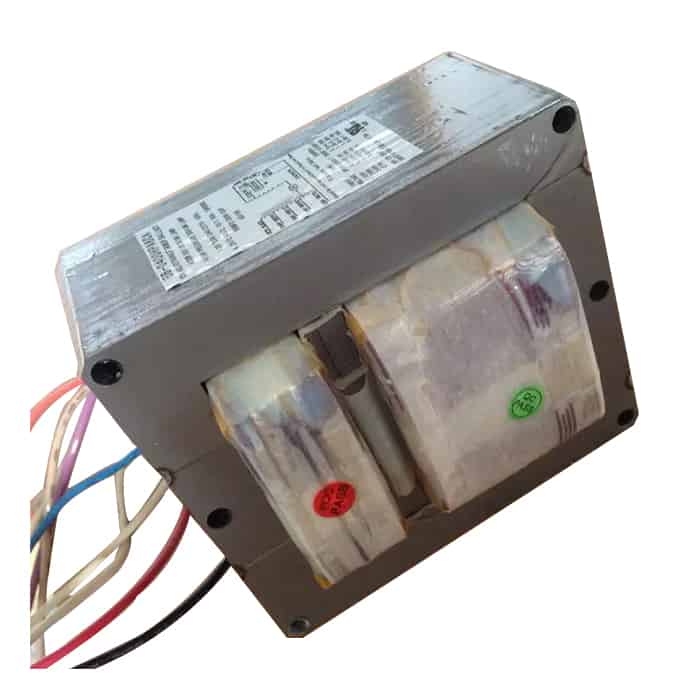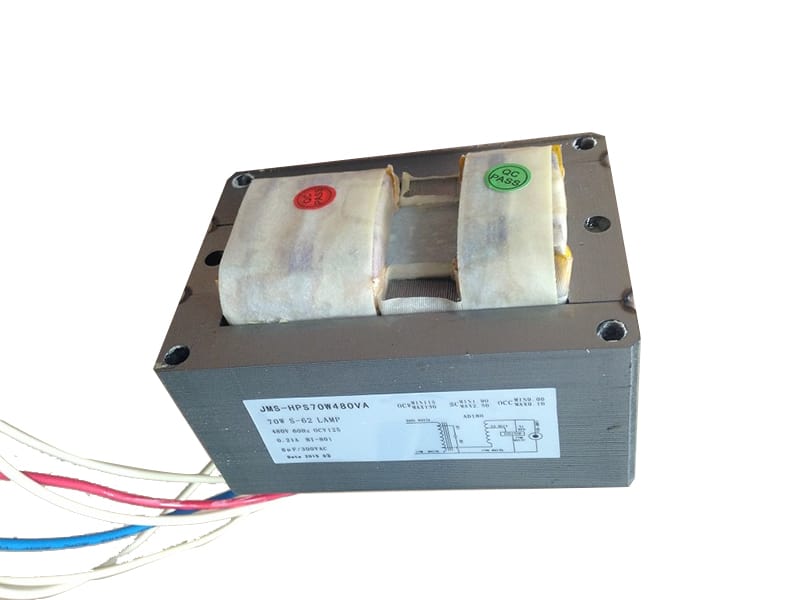In lighting systems that rely on ballasts, the wiring configuration is critical for safe, efficient operation. However, understanding each wire’s purpose, including the often-misunderstood yellow wires, can be challenging. Misinterpreting these wires’ roles can lead to improper connections, lighting performance issues, and potential safety risks. Knowing how each color-coded wire functions, particularly the yellow wires, helps ensure effective lamp ballast setup and a long-lasting lighting system.
The two yellow wires from a ballast are typically used as common (neutral) connections, linking directly to the lamp’s wiring for balanced power distribution.
Each wire in a ballast setup has a specific role. The yellow wires act as neutral or common wires, stabilizing the flow of power across the lamps. This stable connection allows for consistent illumination, preventing flickering and power imbalances. Here, we’ll explore the purpose of yellow wires in detail, along with best practices for connecting them in ballast systems.
Basics of Ballast Wiring and Color-Coded Functions
In HID ballast systems, color-coded wires make installation and troubleshooting easier. Common colors in ballast wiring include black, white, blue, red, and yellow. Each of these wires has a defined purpose: black wires are typically the main power supply wires, carrying current from the power source to the ballast. White wires are neutral wires, which allow the current to flow back to complete the circuit.
Blue and red wires often connect to the lamp sockets directly, handling voltage distribution to the individual lamps. Yellow wires, however, have a unique role in many ballast systems. As common or neutral wires, they create a stable connection that equalizes power flow, especially in multi-lamp configurations. Understanding these color distinctions ensures each wire is connected correctly, which is crucial for preventing wiring errors and maintaining safe operation.
The Role of Yellow Wires in Ballast Systems
In most ballast systems, the yellow wires serve as neutral or common connections that stabilize the power flow to the lamps. They provide a direct link between the ballast and the lamp’s socket, balancing the power to prevent excessive load on any part of the circuit. This role is essential because stable power is necessary to avoid flickering and maintain consistent light output. In configurations where multiple lamps are used, the yellow wires help distribute power evenly, allowing each lamp to receive the necessary amount of current for optimal brightness.
By acting as a common link, yellow wires ensure that each lamp operates at its intended voltage, enhancing the overall efficiency of the lighting system. Proper connection of these wires is critical for the ballast’s function, as it helps reduce wear and tear on the bulbs and prevents potential overload.
Wiring Configurations Involving Yellow Wires in Ballasts
In ballast setups, wiring configurations vary based on the number of lamps used. In single-lamp configurations, the yellow wires typically connect directly to the lamp’s socket, creating a stable common line. This setup is relatively straightforward since only one lamp requires power distribution, and the yellow wires simply complete the circuit. In multi-lamp configurations, however, the yellow wires play a more significant role. In these setups, they connect multiple lamps in parallel, distributing power evenly among them.
By connecting yellow wires as common wires in a multi-lamp setup, each lamp receives balanced power from the ballast, ensuring stable operation across all fixtures. The yellow wires allow multiple lamps to operate in sync, reducing the likelihood of voltage drop, flickering, or inconsistent brightness between lamps. Whether in single-lamp or multi-lamp configurations, ensuring the yellow wires are correctly connected is essential for maintaining stable, efficient lighting.
Safety Considerations When Handling Yellow Wires
When working with ballast wiring, safety is paramount. Before making any adjustments to the yellow wires, it’s essential to disconnect power to the ballast to avoid electrical shock. After confirming that power is off, check the insulation on the yellow wires to ensure they are in good condition and free of any damage. Poor insulation on yellow wires could lead to power leaks, causing flickering or, in severe cases, electrical shorts.
Additionally, it’s crucial to avoid misconnections, as improper wiring of yellow wires can lead to unbalanced power flow. Misconnections may not only affect the ballast’s performance but could also cause overheating or component failure over time. Following these precautions when handling yellow wires promotes a safe and effective setup, protecting both the ballast and the lighting fixture.
Common Troubleshooting for Issues Related to Yellow Wires
If you’re experiencing issues such as flickering or inconsistent lighting output, the yellow wires may require troubleshooting. Loose connections in the yellow wires can disrupt the balance of power, leading to flickering or uneven brightness. To resolve this, inspect the connections on the yellow wires to ensure they are secure. If the problem persists, you can use a multimeter to test the continuity and stability of the yellow wire connections.
Testing continuity helps confirm that the yellow wires are correctly linking the ballast to the lamp sockets and that there are no breaks in the circuit. Additionally, testing the stability of the current flow through the yellow wires can identify any irregularities, indicating whether the ballast is providing balanced power to the lamps. By troubleshooting and addressing any issues with the yellow wires, you can improve the reliability and longevity of your lighting system.
Final Thoughts
Understanding the purpose of the two yellow wires in a light ballast is essential for safe, efficient, and reliable lighting performance. Acting as neutral connections, these wires help balance power across lamps, ensuring stable operation and reducing the risk of flickering or uneven illumination. Properly connecting and maintaining these yellow wires can make a significant difference in your lighting system’s effectiveness and longevity.



